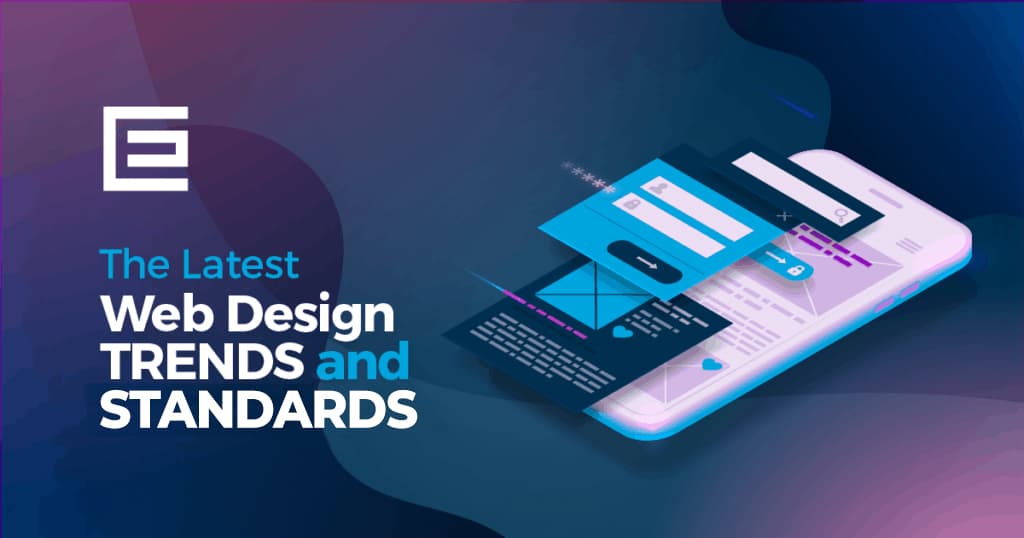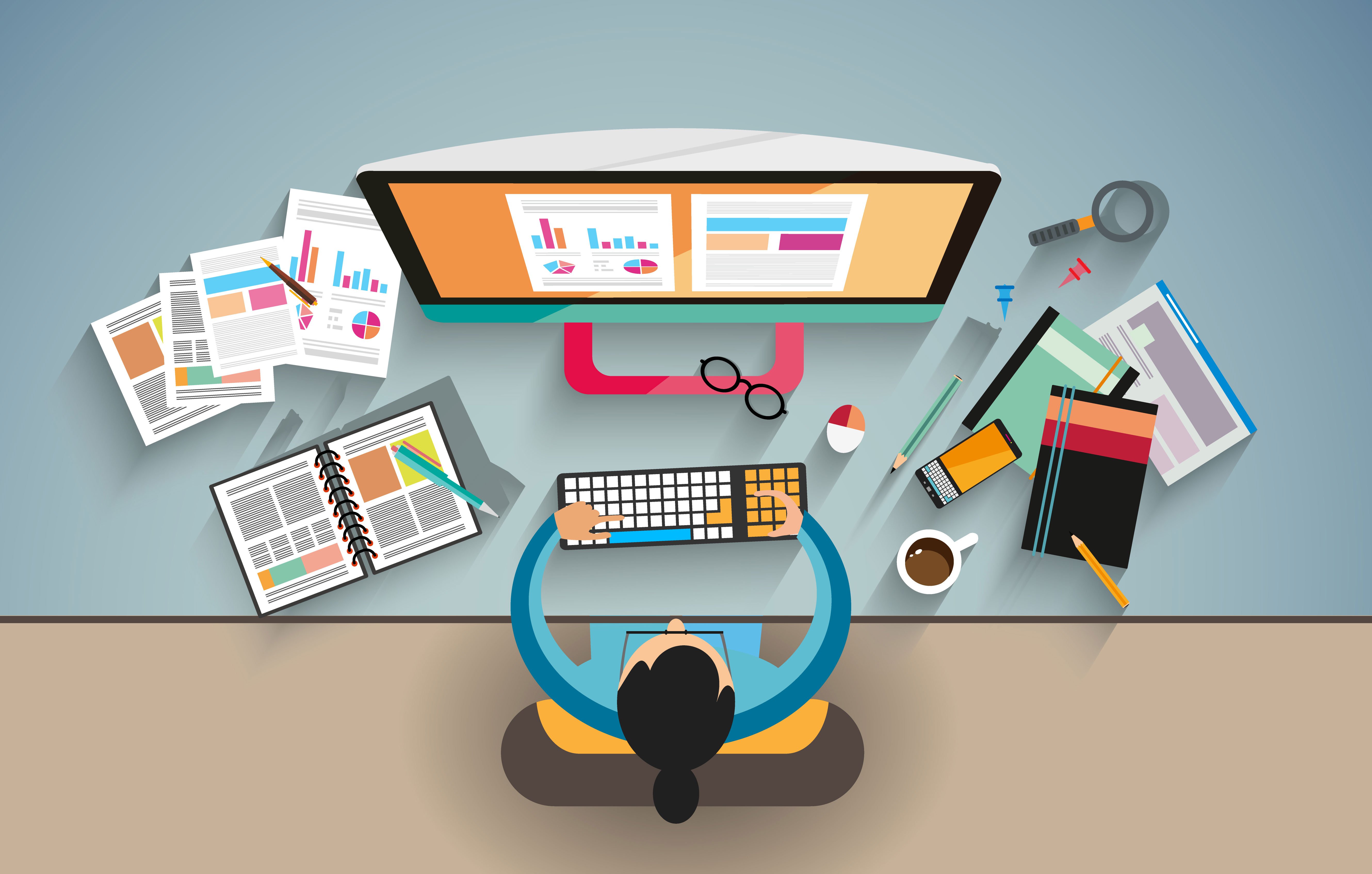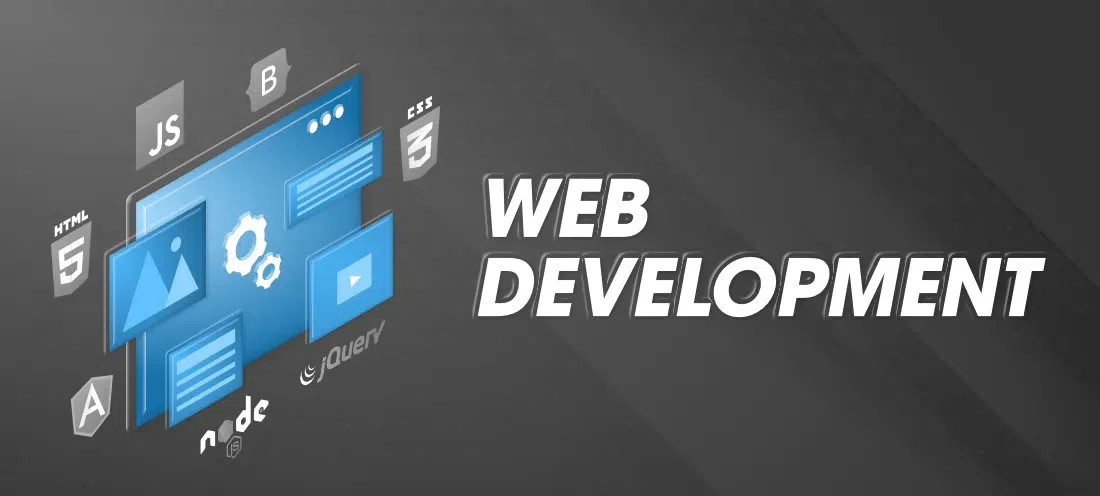Creative Aligned Position Web Design: Cutting-Edge Solutions for Your Website’s Success
Creative Aligned Position Web Design: Cutting-Edge Solutions for Your Website’s Success
Blog Article
The Ideal Types of Website Design to Boost Individual Experience and Involvement
In the ever-evolving landscape of electronic communication, the effectiveness of Web style significantly affects user experience and engagement. Various style methods, such as minimal, receptive, and interactive formats, each deal one-of-a-kind benefits that can cater to diverse user requirements.
Minimalist Web Layout
As electronic landscapes become increasingly cluttered, minimalist website design has actually arised as an effective strategy to enhancing customer experience. This layout ideology prioritizes simplicity, concentrating on vital aspects while getting rid of unneeded disturbances. By utilizing ample white space, uncomplicated navigating, and a minimal shade combination, minimalist design fosters clearness and directs user focus to crucial material.
The core principle of minimalist website design is to produce a seamless interaction for users. By reducing cognitive lots, individuals can quickly grasp details without really feeling overwhelmed. This straight technique not only boosts usability yet additionally motivates engagement, as site visitors are much more most likely to check out a site that is aesthetically appealing and very easy to browse.
In addition, minimalist layout commonly stresses typography and imagery, using these components tactically to share messages effectively. In essence, minimalist Web design is not simply a fad; it is a thoughtful approach that acknowledges the relevance of user-centered layout.
Responsive Web Design
In today's diverse electronic environment, responsive website design has come to be important for producing a smooth customer experience throughout a wide variety of tools. As customers access web sites on smart devices, desktops, tablets, and laptop computers, the ability of a site to adapt its layout and web content to different display dimensions and resolutions is critical.
Receptive Web design employs flexible grids, images, and CSS media questions to make certain that Web material exists optimally, regardless of the tool made use of. This strategy not just improves the visual appeal of an internet site yet likewise significantly boosts usability. Individuals are most likely to engage with a website that supplies a constant experience, as it eliminates the disappointment of having to focus or scroll exceedingly.
Additionally, internet search engine, including Google, prioritize mobile-friendly internet sites in search rankings. By embracing receptive style, businesses can boost their exposure and get to a wider audience. This method likewise streamlines site maintenance, as a solitary version of the website can deal with all devices, minimizing the need for numerous versions. In recap, responsive website design is a basic practice that improves individual experience, engagement, and general complete satisfaction.
Interactive Web Style
Receptive website design prepares for enhancing individual experience, yet interactive Web design takes this an action further by engaging individuals in an extra dynamic method - Aligned Position Web Design. By including elements such as animations, clickable models, and real-time responses, interactive Web design captivates users, drawing them into a richer browsing experience
This strategy not just cultivates involvement yet likewise urges customers to check out content proactively as opposed to passively eating it. Techniques such as gamification, where users earn rewards for completing tasks, can dramatically enhance the time spent on a website and boost total complete satisfaction. Interactive attributes can simplify complicated info, making it extra digestible and satisfying.

Integrating interactive layout aspects can additionally result in greater conversion prices, as customers are a lot more most likely Read More Here to engage with a website that proactively involves them. Aligned Position Web Design. Inevitably, interactive Web layout transforms customer experiences into unforgettable trips, making sure that visitors return time and again
Apartment Layout
Characterized by its minimalistic method, flat design highlights simpleness and performance, removing unneeded components and concentrating on this hyperlink essential attributes. This layout ideology focuses on use, ensuring that users can navigate interfaces effortlessly and efficiency. By utilizing a clean aesthetic, flat design eliminates the clutter frequently discovered in a lot more ornate styles, thus enhancing individual concentrate on content and functionality.
The hallmark of level layout exists in its use of bold shades, straightforward typography, and geometric shapes. These components contribute to a visually appealing interface that is both modern-day and friendly. Additionally, flat design fosters a sense of clarity, allowing customers to recognize vital actions and details without disturbance.
In addition, flat design is particularly efficient in receptive Web layout, as its simplicity equates well throughout various gadgets and display sizes. By focusing on crucial features, flat layout not just meets individual needs however additionally encourages seamless communication, making it an essential component of reliable Web style approaches.
Flexible Website Design
Adaptive website design personalizes the customer experience by developing multiple repaired designs customized to different screen dimensions and tools. Unlike receptive layout, which fluidly adjusts a single design, flexible layout employs distinct layouts for certain breakpoints, making certain optimum discussion on numerous systems. This strategy permits developers to concentrate on the one-of-a-kind qualities of each tool, enhancing usability by supplying exactly what users need based upon their context.
Among the key benefits of flexible website design is its capability to maximize lots times and performance. By serving customized web content visit this site and photos that fit the customer's tool, sites can lessen information usage and improve loading speeds. This is particularly valuable for users with slower links or minimal data plans.

In addition, adaptive layout assists in a more controlled and regular branding experience. Considering that designers produce numerous layouts, they can guarantee that the aesthetic elements line up with the brand name's identity across various systems - Aligned Position Web Design. This results in a cohesive customer experience, improving involvement and advertising user retention
Final Thought
To conclude, the integration of minimalist, receptive, and interactive website design principles dramatically enhances individual experience and involvement. Minimal layout promotes clarity and focus, while receptive design makes sure versatility throughout different gadgets, advertising accessibility. Interactive design mesmerizes individuals via dynamic elements, encouraging exploration and personalization. Collectively, these style comes close to add to the creation of easy to use atmospheres that not only enhance contentment yet additionally drive higher conversion rates, highlighting their important relevance in modern Web style methods.

Minimalist design cultivates clarity and focus, while responsive style makes sure flexibility throughout numerous tools, promoting access. Collectively, these design approaches contribute to the creation of user-friendly atmospheres that not only boost complete satisfaction however likewise drive higher conversion rates, highlighting their essential relevance in modern Web design approaches.
Report this page